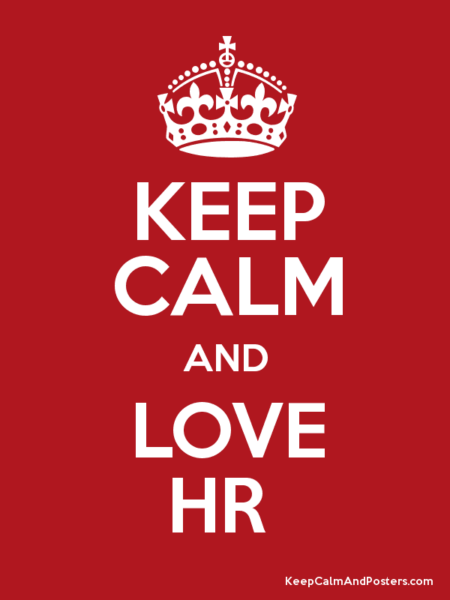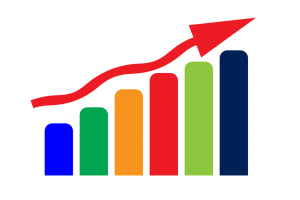Who is the human resources department really? Who are these people that we love to hate because they don’t give us enough of what we think we want? Let’s refresh our memory by defining the actual definition of human resources. In their textbook, Human Resources Management: Gaining a Competitive Advantage, authors Raymond Noe, John Hollenbeck, Berry Gerhart and Patrick Wright, define human resources as “the policies, practices and systems that influence employees’ behavior, attitudes, and performance”.

In other words, human resources management involves all of the practices, policies and systems needed for employees to do their best work in helping the company achieve success. Strong, high performing teams are what gives a business its competitive advantage because they foster innovation, excellence, and collaboration. HR is a business function working towards one common goal for the good of the companies they serve and that is being a valuable and trusted resource for the humans that make it all possible.
Here are three ways business leaders can partner better with HR to build a successful talent management strategy.
1. Start with Changing Your Perception about the Function of Human Resources
What do you think of when you think of the human resources department? What is the first thing that comes to mind? The reason I ask these questions is because your perception of the human resources function will determine the direction of your human resources strategy throughout the entire lifecycle of your business.
The lenses through which you view human resources will impact your entire life cycle of your employees from recruiting to onboarding to benefits, to performance management and employee retention, to compliance.
Therefore, the first step to building a successful talent management strategy is to have a realistic but holistic view of the HR function. That begins with recognizing what HR is and what it isn’t. (ex. Glorified administrative assistants, party planners, etc. vs. true business leaders). Human Resources is just as much a strategic function of any business as finance, operations and marketing.
2. Understand the Employee Life Cycle
What do I mean by the employee life cycle and why is it important to understand it in order to partner better with HR and build a successful talent management strategy? The employee life cycle is a concept used to describe how the employee engages within a company from even before they are hired to the time they leave. The employee life cycle consists of six stages.
- Outreach-Campus recruiting, job fairs, professional organizations, etc.
- Recruiting: Job descriptions, pre-screening, interviewing, employment assessments, etc.
- On-boarding-assimilating new employees into the organization’s culture and workflow.
- Performance Management and Recognition
- Employee Development and Training
- Offboarding-terminations, employee departures, etc.
Understanding how employees engage with companies during each stage of the employee life cycle will help you design an effective HR strategy that meets the needs of your company’s unique culture and operations.
As your company continues to grow it’s important to monitor and audit the various processes, programs, etc. that take place through every phase of the employee life cycle. Understanding the employee life cycles enables business leaders to create a better employee experience.
3. Know Your Business’s Short and Long Term Goals
One of the best things you can do as a business leader to ensure success of your current and future of your workforce is to know what direction your business is heading and align each phase of the employee life cycle with your long term goals. You can start by asking yourself these questions.
- What is the organization trying to accomplish
- What are its business needs
- What are the strategic challenges for the organization?
- What role will talent have in these challenges?
- What are the talent’s strengths and weaknesses?
- What will help them overcome their weaknesses?
- What is hindering the organization from achieving what it needs to achieve?
Having a clearer understanding of HR’s value in your business, developing a deeper understanding of the employee life cycle and having a clear direction of your business goals and the role talent will play in achieving those goals, are the keys to building a successful long term strategy that will propel your organization to new levels of success.
Business & Finance Articles on Business 2 Community
(20)





